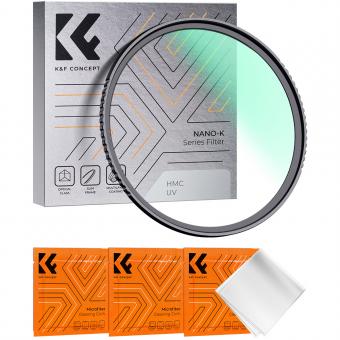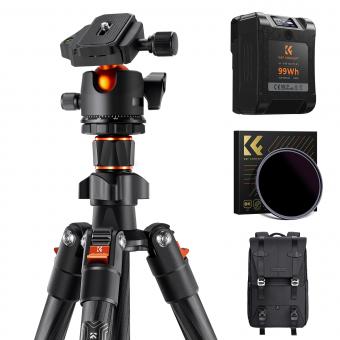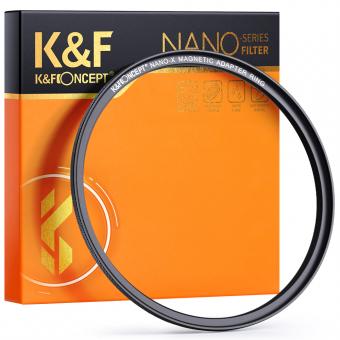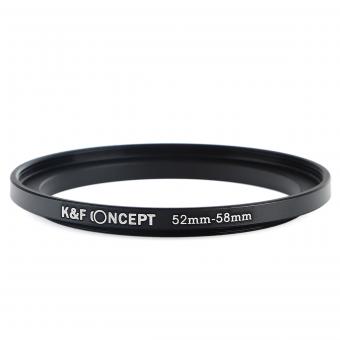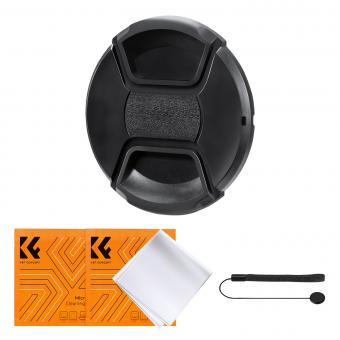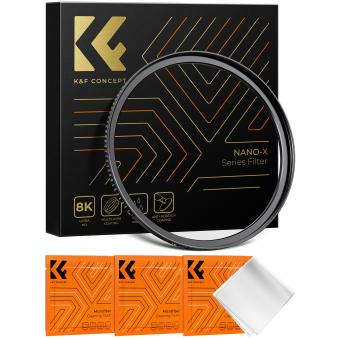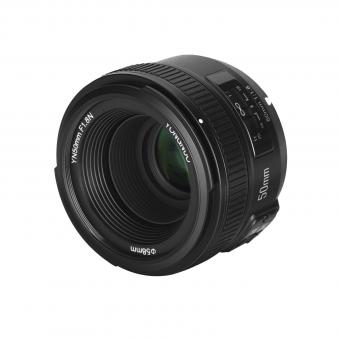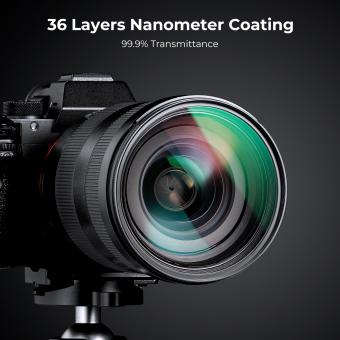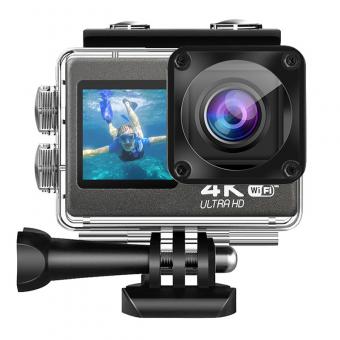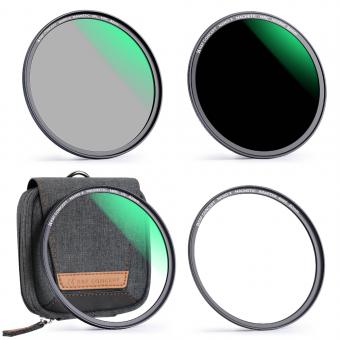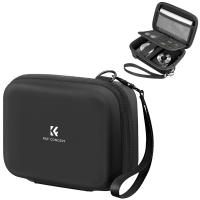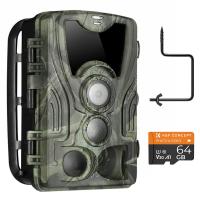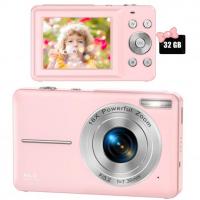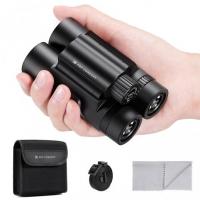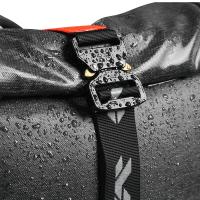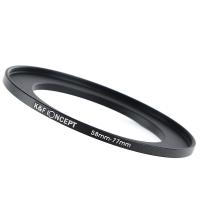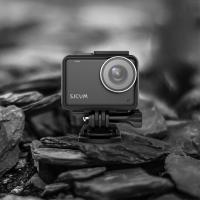52mm Uv Filter Does What?
When it comes to photography, the tools and accessories you use can significantly impact the quality of your images. One such accessory is the 52mm UV filter. This seemingly simple piece of equipment can serve multiple purposes, enhancing your photography experience in various ways. In this article, we will delve into the practical uses of a 52mm UV filter, its benefits, and how it can improve your photography.
Understanding the 52mm UV Filter
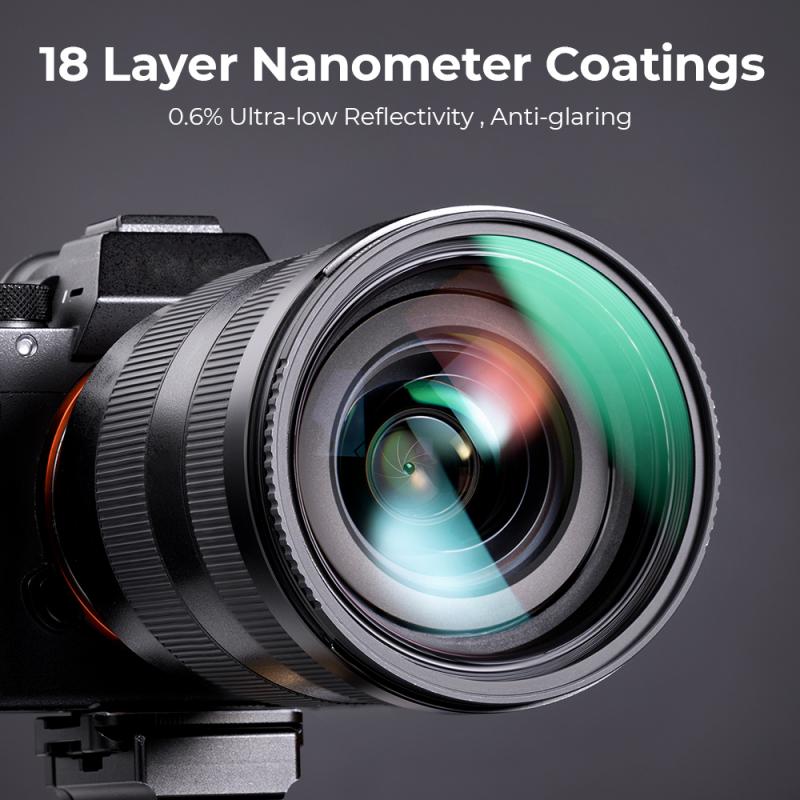
A UV filter is a glass filter that attaches to the front of your camera lens. The "52mm" refers to the diameter of the filter, which must match the diameter of your lens. UV filters were originally designed to block ultraviolet light, which could cause haziness or a blueish cast in film photography. While digital sensors are less sensitive to UV light, UV filters still offer several advantages.
Key Benefits of Using a 52mm UV Filter
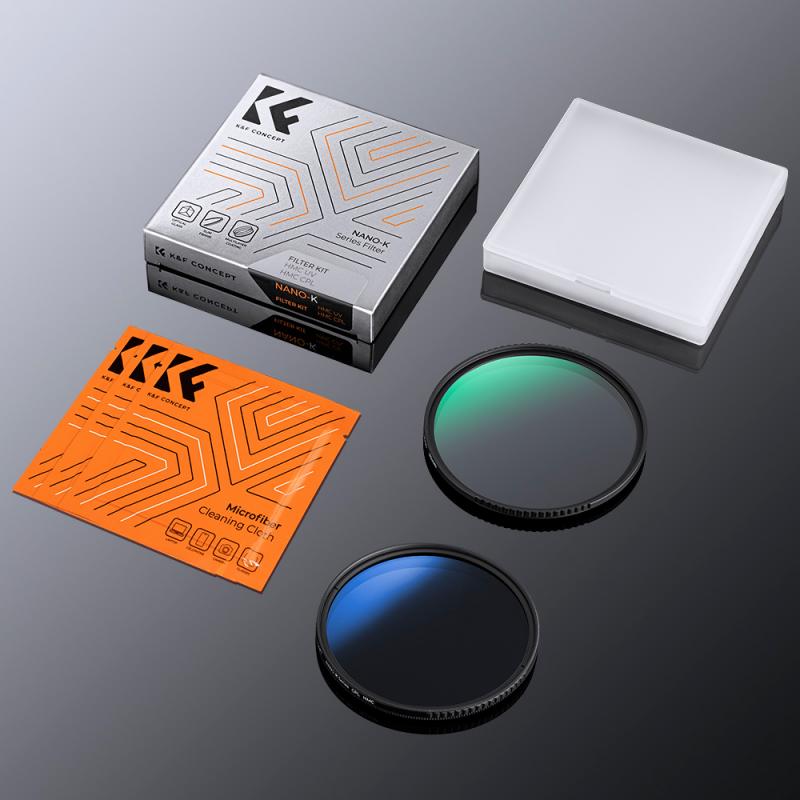
1. Lens Protection
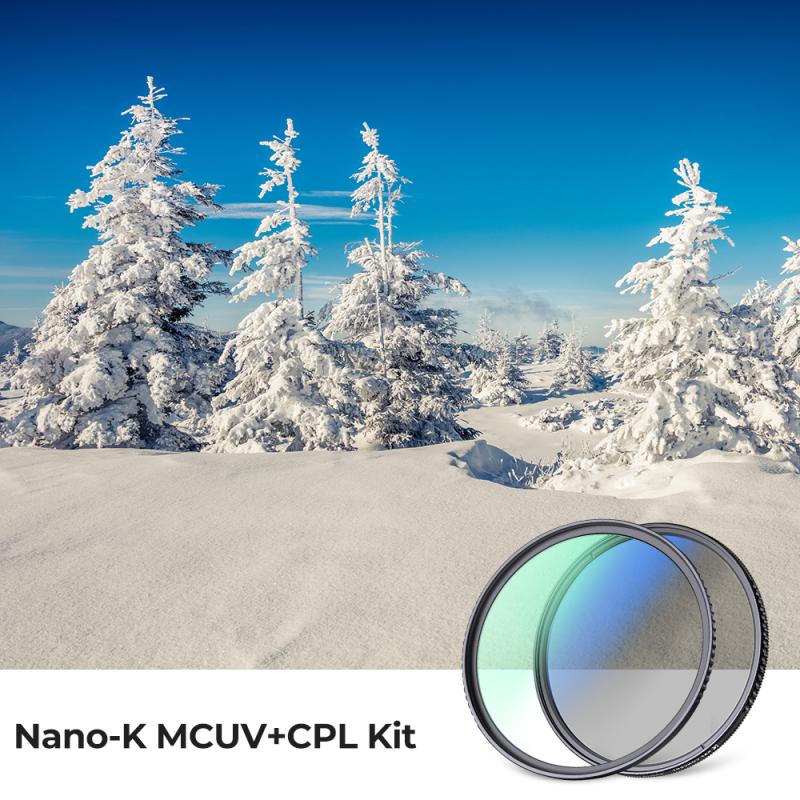
One of the primary reasons photographers use UV filters today is to protect their lenses. A lens is a significant investment, and any damage to it can be costly. A UV filter acts as a protective barrier against dust, dirt, fingerprints, and scratches. If the filter gets damaged, it is much cheaper to replace than the lens itself.
2. Improved Image Clarity

While modern digital sensors are not as affected by UV light as film was, UV filters can still help improve image clarity. They can reduce the haziness caused by atmospheric conditions, especially when shooting in high-altitude or coastal areas where UV light is more intense. This results in crisper, clearer images.
3. Reduced Lens Flare and Ghosting
Lens flare and ghosting can be problematic, especially when shooting in bright conditions or directly into a light source. A high-quality UV filter can help minimize these issues by reducing the amount of stray light that enters the lens. This leads to better contrast and color accuracy in your photos.
4. Easier Cleaning and Maintenance
Cleaning a camera lens can be a delicate process, and improper cleaning can lead to scratches or other damage. A UV filter simplifies this task. You can clean the filter without worrying about damaging the lens itself. If the filter becomes too dirty or scratched, it is easy and inexpensive to replace.
Practical Applications of a 52mm UV Filter
Landscape Photography
Landscape photographers often work in challenging environments where dust, moisture, and other elements can affect their equipment. A UV filter provides an extra layer of protection, ensuring that the lens remains clean and free from damage. Additionally, the filter can help reduce the haziness caused by UV light, resulting in sharper landscape images.
Travel Photography
When traveling, photographers encounter various conditions, from bright sunlight to dusty roads. A UV filter is a versatile tool that can protect the lens from these elements. It also helps in capturing clear and vibrant images, regardless of the shooting conditions.
Everyday Photography
Even for everyday photography, a UV filter is beneficial. It protects the lens from accidental bumps and scratches, ensuring that your equipment remains in good condition. Whether you are photographing family events, street scenes, or casual outings, a UV filter can enhance your photography experience.
Choosing the Right 52mm UV Filter
When selecting a UV filter, it is essential to consider the quality of the glass and the coating. High-quality filters are made from optical glass and have multiple coatings to reduce reflections and improve light transmission. Here are some factors to consider:
1. Multi-Coated Filters
Multi-coated filters are designed to reduce reflections and increase light transmission. This results in better image quality with reduced lens flare and ghosting. Look for filters with multiple layers of coating for the best performance.
2. Optical Glass
The quality of the glass used in the filter is crucial. Optical glass is preferred because it offers better clarity and durability. It is also less likely to introduce any distortions or color casts to your images.
3. Frame Material
The frame of the filter should be made from durable materials like aluminum or brass. A sturdy frame ensures that the filter remains securely attached to the lens and can withstand regular use.
4. Brand Reputation
While there are many brands available, it is advisable to choose a reputable brand known for producing high-quality filters. Brands like Hoya, B+W, and Tiffen are well-regarded in the photography community for their reliable and durable filters.
How to Use a 52mm UV Filter
Using a UV filter is straightforward. Simply screw the filter onto the front of your lens. Ensure that it is securely attached but avoid overtightening, as this can make it difficult to remove later. Once attached, you can leave the filter on your lens permanently, as it does not affect the exposure or color balance of your images.
A 52mm UV filter is a valuable accessory for any photographer. It offers multiple benefits, from protecting your lens to improving image clarity. Whether you are a professional photographer or an enthusiast, a UV filter can enhance your photography experience and help you capture stunning images. By choosing a high-quality filter and using it correctly, you can ensure that your lens remains in excellent condition and your photos are of the highest quality.

